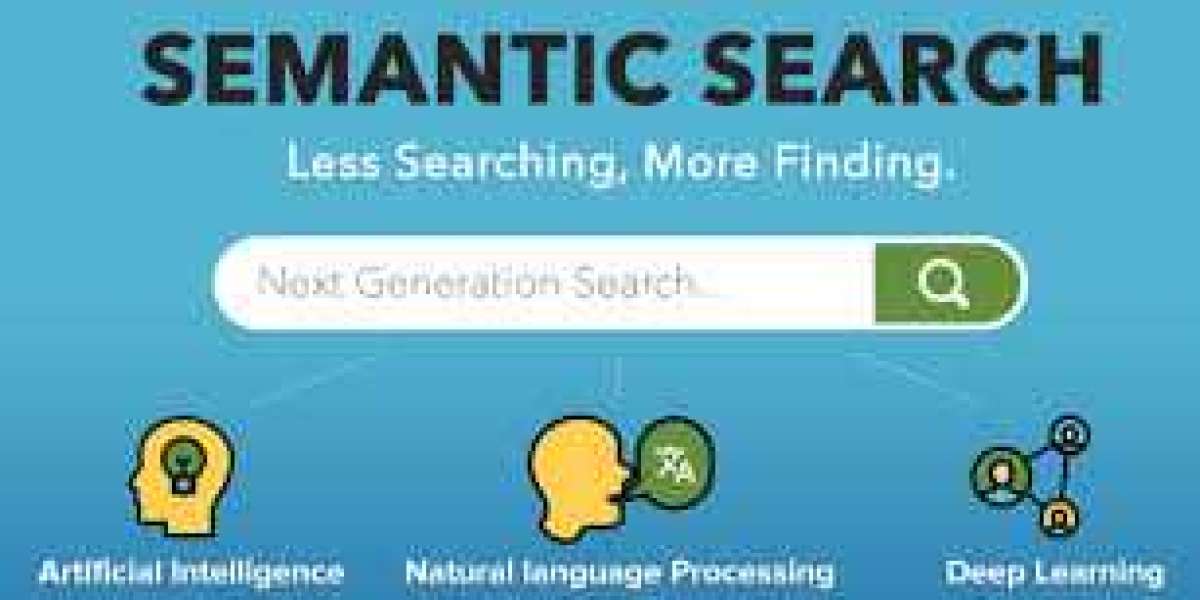Everything You Need to Know About Semantic Search
For anyone involved in creating and sharing content online, whether they are developers, content writers, or marketers, the importance of Search Engine Optimization (SEO) is well-known. While SEO guidelines continue to evolve, the core objective remains: creating content that is both meaningful to people and understandable to machines. One of the latest advancements in this area is Semantic Search, a technology that is still in its early stages but holds great promise for the future of online content.
Read on to discover what Semantic Search is, why it matters, and how you can implement it in your digital strategy.
What is Semantic Search?
Semantic Search is a technique for searching data that goes beyond simple keyword matching. It considers the searcher's intent and the contextual meaning behind the words in a query. This deeper understanding allows search engines to deliver more relevant and accurate results, enhancing the overall user experience.
Understanding Semantic Search
Creating content for both humans and machines means ensuring it is easily readable and understandable. Over the years, machine algorithms have advanced significantly, making the context of content more critical than ever. When search engines understand the context, they can place content more accurately, making connections between pieces of content that improve user experience.
Gone are the days when exact keyword matches were necessary for ranking. Modern search algorithms are more sophisticated, and marketers must adapt their strategies accordingly. Implementing a semantic search strategy can enhance your SEO efforts by better aligning with users' needs.
Key Elements of Semantic Search
Search Intent: One of the most crucial aspects of Semantic Search is understanding the user's intent. Too many websites focus solely on showcasing their brand rather than addressing what users are looking for—be it information, products, or services. By focusing on the user's intent, you can present the most accurate and relevant results.
Linguistics and Semantics: Like linguistics, semantics in SEO refers to the importance of terminology, not just in meaning but also in the relationships between words. This understanding moves beyond simple keyword usage, as it considers the deeper meaning and intent behind the words.
In the past, keywords were the primary factor in search rankings, leading to practices like keyword stuffing. However, this approach often resulted in poor content quality and a subpar user experience. As search technology advanced, search engines became more intuitive, focusing on delivering high-quality, relevant content.
Google Updates Supporting Semantic Search
Google's algorithm updates, such as Knowledge Graph, Hummingbird, and RankBrain, have increasingly emphasized semantic search. These updates have improved Google's ability to understand context and user intent, incorporating artificial intelligence to analyze top-performing search results.
The introduction of BERT in 2019 marked a significant milestone, allowing Google to better understand the nuances of language, particularly in long-tail keywords. This update has been one of the most critical in recent years, helping deliver more accurate and relevant search results.
To fully leverage Semantic Search, it's essential to integrate it with other SEO practices like link building, site speed optimization, and a well-structured site. The Google EAT principle—Expertise, Authoritativeness, and Trustworthiness—also plays a vital role in this ecosystem.
Optimizing Your SEO Strategy with Semantics
Semantic Search has led to features like rich search results and featured snippets, providing concise answers directly in search results. To optimize for Semantic Search, consider the following strategies:
Go Beyond Keywords: Focus on topic hubs and creating networks between your content and the user's intent. Comprehensive guides often perform better in SEO than multiple shorter articles.
Prioritize Search Intent: Design your content to quickly provide answers, prioritizing user experience over keeping visitors on your site longer.
Use Relevant Keywords: While keywords are still essential, include a mix of informational, transactional, and navigational keywords to cover all aspects of user intent.
Incorporate Structured Data: Use schema codes to help search engines categorize your content accurately.
Study Featured Snippets: Analyze featured snippets and apply your findings to your content creation process. Remember, featured snippets are not always sourced from the top-ranking search result.
Semantic Search represents the future of SEO, emphasizing user intent and context over simple keyword matching. By understanding and implementing these principles, you can improve your content's relevance and effectiveness, ultimately enhancing your online visibility and user satisfaction.








